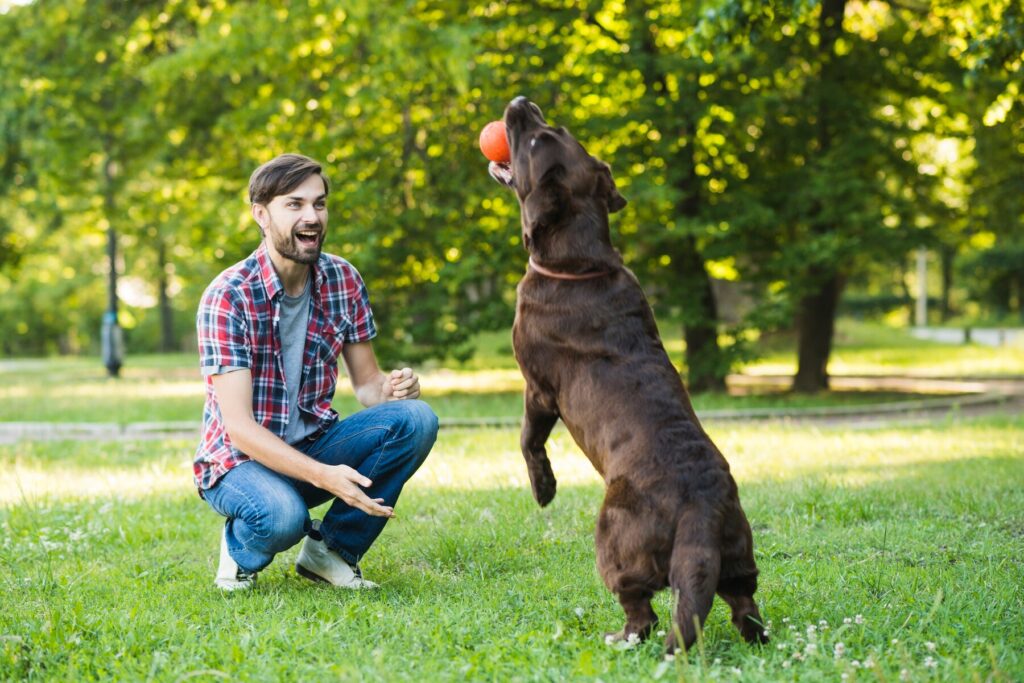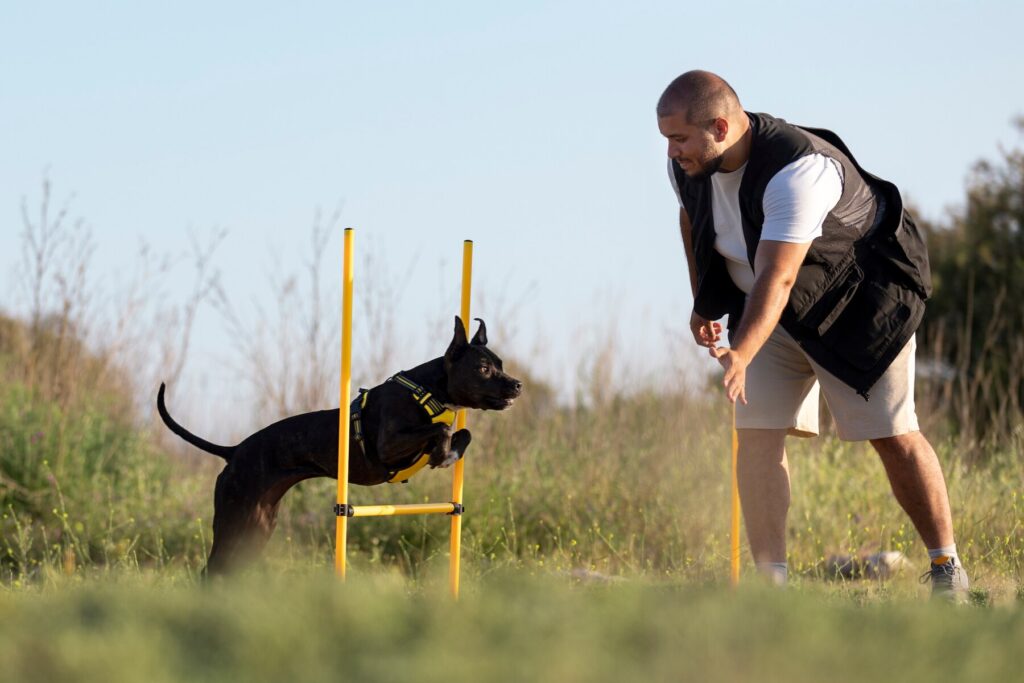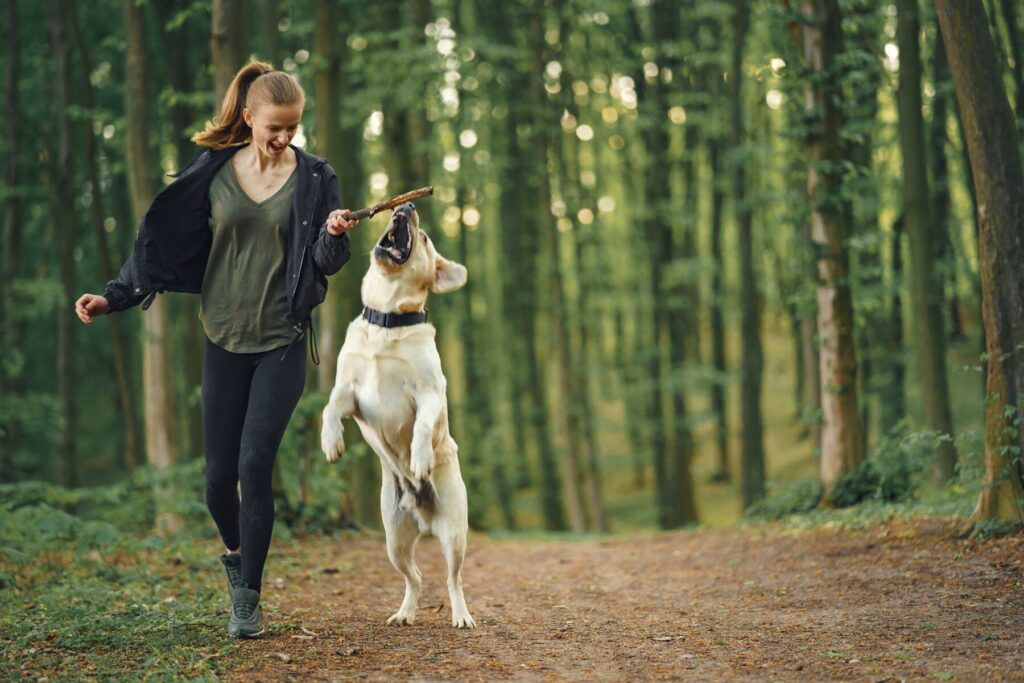Dog Training Tips: Finding the Right Dog Trainer and Training Classes for Optimal Pet Care
Dog training is crucial as it establishes clear communication between dogs and their owners, ensuring a harmonious relationship based on mutual understanding and respect. Proper training not only teaches dogs basic obedience commands but also addresses behavioral issues, enhances safety, and promotes mental stimulation and physical exercise, leading to a happier, well-adjusted pet and a more enjoyable living environment for both dog and owner. Unfortunately, not all dog owners have the time or expertise to train their pets effectively. In such cases, hiring a professional dog trainer can be a great option.
A dog trainer is a professional who specializes in teaching dogs various skills and behaviors. They use positive reinforcement techniques to help dogs learn commands and good manners. Dog trainers can work with dogs of all ages and breeds, and they can customize their training methods to suit each dog’s individual needs. Some dog trainers also offer group training classes that can be a fun and social way for dogs to learn new skills.

Dog Training Tips
Training a dog can be a challenging task, but with the right approach, it can be a rewarding experience for both the dog and the owner. In this section, we will explore a few essential dog training tips that can help you train your furry friend effectively.
Positive Reinforcement
Positive reinforcement for dogs involves rewarding desired behaviors with treats, praise, or play, increasing the likelihood of those behaviors occurring again. This training method focuses on encouraging good behavior through positive experiences, reinforcing the bond between dog and owner.
Consistency is Key
Maintaining consistency is crucial in dog training. Dogs flourish in an environment of predictability, so adhering to a consistent training regimen holds significant importance. This entails using consistent commands, rewards, and consequences consistently. Inconsistencies may lead to confusion in your dog and complicate the training process.
Proper Timing
Timing is crucial when it comes to dog training. You need to reward your dog immediately after they exhibit good behavior, so they can make a connection between the behavior and the reward. Similarly, if you need to correct bad behavior, you need to do it immediately, so your dog understands what they did wrong.
In summary, positive reinforcement, consistency, and proper timing are essential dog training tips that can help you train your dog effectively. By following these tips, you can establish a strong bond with your furry friend and create a happy and healthy home environment.
Choosing a Dog Trainer
When it comes to choosing a dog trainer, there are a few key things to consider. A good trainer can help you and your furry friend develop a strong bond and learn new skills, but a bad trainer can do more harm than good. Here are some things to keep in mind when choosing a dog trainer.

Experience and Certification
One of the most important things to look for in a dog trainer is experience. A good trainer should have several years of experience working with dogs and a track record of success. Look for trainers who have worked with dogs of all ages and breeds, and who have experience with a variety of training methods.
While certification is not required to become a dog trainer, it can be a good indication that a trainer has received formal training and has demonstrated a certain level of knowledge and skill. Look for trainers who have been certified by reputable organizations such as the Certification Council for Professional Dog Trainers (CCPDT).
Training Methods
An additional key aspect to evaluate when selecting a dog trainer is the approach they use for training. There are many different training methods out there, and some are more effective and humane than others.
focuses on rewarding desired behaviors with treats, praise, or play, encouraging the repetition of those behaviors. This method emphasizes rewarding behaviors you want to see more of rather than punishing unwanted behaviors. By using positive reinforcement, dogs learn to associate good behavior with positive outcomes, strengthening the bond between dog and owner. This approach is effective in teaching commands, shaping behaviors, and addressing behavioral issues, all while promoting a positive and enjoyable training experience for both dog and owner. Positive reinforcement training helps build trust, confidence, and cooperation in dogs, leading to well-behaved, happy pets.
In summary, selecting a dog trainer is a crucial choice that requires careful thought. By evaluating factors such as experience, certifications, and training methods, you can find a trainer who will help you and your furry friend strengthen your bond and develop valuable skills.






















